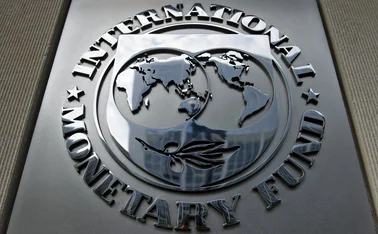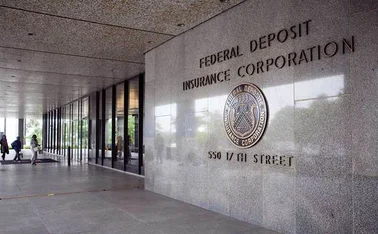
Eurozone supervisors voice concerns over AML regime
Fintech creates opportunities for both authorities and money-launderers, agencies warn

The European Union’s three supervisory agencies, or ESAs, have warned that national supervisors are too slow in dealing with increased money-laundering risks created by new technology.
The European Banking Authority, European Securities and Markets Authority and European Insurance and Occupational Pensions Authority also warned there are other significant weaknesses in anti-money laundering regimes in the bloc. They issued their warning in a joint official opinion published on October 4.
The three agencies warned they are “concerned about weaknesses in the control frameworks put in place by financial institutions”. They also voiced concern over how banks and other financial institutions handle AML risk assessments, both of individual customers and over their entire loan books. Financial institutions would benefit from more advice from national supervisors on how to carry out these assessments, the agencies said.
The ESAs warned that while new financial technology might make AML monitoring easier, it could also create new opportunities for money-launderers. Banks are adopting new technologies very rapidly, so supervisors must respond by analysing how they can increase money-laundering risks, the opinion argued.
“The rapid spread of virtual currencies is also an area of growing concern for the ESAs, the opinion said. It warned that virtual currencies “often give rise to heightened ML/TF [money-laundering/terrorist financing] risks due to the absence of a common regulatory regime and the anonymity associated with them”.
The ESAs said national supervisory authorities needed to “tackle these risks and concerns effectively” by taking a more proactive role. National authorities should increase their engagement with the private sector in order to better understand how fintech is changing their activities, it said.
Authorities “should also consider whether they have a sufficient understanding of risks and controls in those sectors where they have carried out only limited assessments and may need to review their supervisory approach”.
The three also cautioned that there are wide differences in the ways different countries interpret the latest version of the EU’s anti-money laundering directive (AMLD4). Before the new directive, some countries’ supervisors had not subjected certain types of firm to AML checks, the opinion said. It said AMLD4 “brings some clarity in this respect”, but that significant national differences remained.
AMLD4 mandates the three agencies to release a joint opinion on the EU’s anti-money laundering regime every two years. Their last joint opinion was issued in February 2017.
Only users who have a paid subscription or are part of a corporate subscription are able to print or copy content.
To access these options, along with all other subscription benefits, please contact info@centralbanking.com or view our subscription options here: http://subscriptions.centralbanking.com/subscribe
You are currently unable to print this content. Please contact info@centralbanking.com to find out more.
You are currently unable to copy this content. Please contact info@centralbanking.com to find out more.
Copyright Infopro Digital Limited. All rights reserved.
You may share this content using our article tools. Printing this content is for the sole use of the Authorised User (named subscriber), as outlined in our terms and conditions - https://www.infopro-insight.com/terms-conditions/insight-subscriptions/
If you would like to purchase additional rights please email info@centralbanking.com
Copyright Infopro Digital Limited. All rights reserved.
You may share this content using our article tools. Copying this content is for the sole use of the Authorised User (named subscriber), as outlined in our terms and conditions - https://www.infopro-insight.com/terms-conditions/insight-subscriptions/
If you would like to purchase additional rights please email info@centralbanking.com
Most read
- ECB staff speak out against changes to internal survey
- Central bank of the year: Central Bank of Brazil
- Fed holds rates as it struggles with inflation’s last mile







